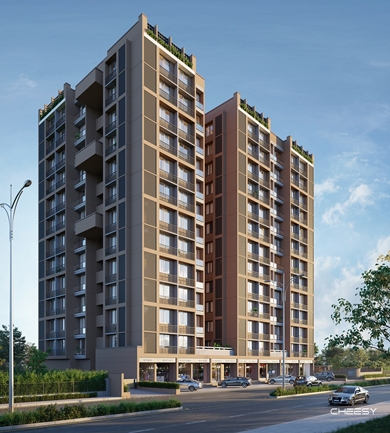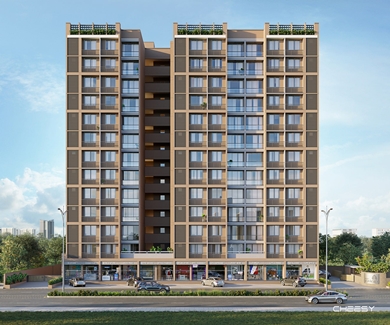HOW TO GROW A GARDEN VERTICALLY: GREEN WALLS
Green walls are independent vertical gardens that are appended to the exterior or interior of a building. They vary from green appearance (e.g. ivy walls) in that the plants root in a structural support which is fastened to the wall itself. The plants get water and supplements from inside the vertical support rather than starting from the ground. Here are few points by The Cheesy Visual Studios how to they grow the green vertical walls.
1. Decide on the Type of Garden - There is a wide range of assortments of vertical gardens to choose from. One simple choice is a container style garden, which implies pruned plants are attached to a wall or shown in rows, or grower is stacked. Another is a "pocket" garden, featuring plants tucked into pockets produced using felt or canvas. Vertical gardens can also be developed in a large plastic, or wooden wall planter with spaces or panels, or in reprocess wooden shipping pallets—for these systems, the soil is less contained, so wire work is infrequently used to keep the contents from spilling.
2. Consider Placement - A vertical garden can go pretty much anyplace – inside or outside. Let the sort of sun exposure the plants will require figure out where you put the garden. For instance, in case you're planning including succulent plants (like cacti), Vice President for Gardens, Brian Sullivan, Landscape and Outdoor Collections at The New York Botanical Garden, recommends picking a space that has "half-exposure," rather than a full shade or full sun.
3. Pick Your Plants - In addition to succulents, you can try for the developing herbs, vegetables, trailing varieties like philodendron, native perennials (plants or flowers that are normally developed in specific areas). You'll need to know about the "flexibility" of these plants since you're growing them vertically.
BENEFITS OF GREEN WALLS
Who says gardens must be flat on the ground? Vertical gardens are perfect for both city dwellers, and cultivators are hoping to up their game. Simple, flawless, and getting on quick, you certainly need to think about this hot new pattern in the green world!
1 Space - A vertical garden can go anyplace! You can stick it on a wall, fabricate a freestanding developing unit, or even overhang a box of chile peppers out from the window. If you've been wrestling with the subject of how to develop your particular food in the city, look no further.
2 Beauty - Indeed, even a wall of spinach can light up the dull tedium of a concrete cityscape. Your neighbours will thank you if you choose to keep your garden outside. Be, be careful: if you develop your vertical garden in your kitchen or living room, it's probably going to dominate the decor!
3 Accessibility - Vertical gardens are perfect for individuals with joint pain and mobility issues. Most are easy to tend from a sitting or standing position, and there are few that require stooping.
4 Plant wellbeing - Gardening vertically not just lifts your garden far from bugs like rabbits and slugs, yet it gives your plants better exposure to sunlight! Given proper developing space and care, your greens will improve in their penthouse suite.


